Sound: 









Value: 









(Read about our ratings)
With everything getting more expensive and no reprieve in sight, I enjoy checking out headphones that offer a bit of luxe for not a lot of bucks (or quality for not a lot of quid, depending on your longitude). The JLab Epic Lux Lab Editions fill that bill, with features of higher-end headphones, including noise canceling, wireless charging, Bluetooth 5.4 with LDAC support, and wired playback, but cost a bit less than the heavy hitters in the category (US$199.99, CA$299.99, £199, €240, as of late June 2025). Inside are 32mm drivers, outside are touch controls, and they even come with a stylish carrying case.
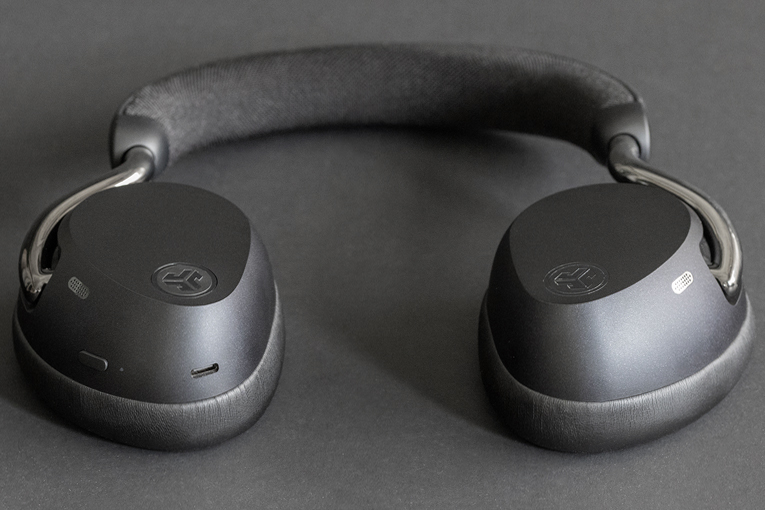
Looks and features are important, but sound, of course, is paramount. On that front, the Epic Luxes do quite well. Not amazing, but highly capable. What does that say about their value? Let’s dive in.
In the box
The Epic Lux headphones come with a hardshell case, along with two rather nice braided cables: a USB-C-to-USB-C and a USB-C-to-3.5mm. Interestingly, also included is a rubberized wireless charging dock. This has a mild magnetic attraction to the left earcup, locking into place for charging. It will also charge other devices capable of wireless charging. If you don’t want to bother with wireless, you can charge the headphones via USB-C.
Use
The Epic Luxes connected immediately to my Pixel 9 Pro, and the JLab app detected them just as quickly. It’s always great reviewing products that just work. There are a lot of options in the app, and tapping each reveals further options in a drop-down menu instead of switching you to a different page. This feels faster, although I suppose there are pros and cons to each approach.
You can toggle which noise-canceling modes are accessible, including a Be Aware mode, which lets in some ambient sound. There’s a ten-band EQ with three presets that you can adjust further to your liking, as well as a separate custom option. You can adjust what the buttons and earcup touch controls do. There’s a spatial audio toggle, which I’ll talk about in a moment, as well as a safe-hearing setting. This latter feature, when enabled, limits the output to either 85 or 95dB. If you’re concerned about long-term ear health (and you should be), and you’re regularly in situations where you know you’ve turned the headphones up a lot, this setting could be very useful. However, I wouldn’t trust it to be 100 percent accurate, since it doesn’t know exactly what SPL your ears are actually getting. Assume it’s more and plan accordingly.
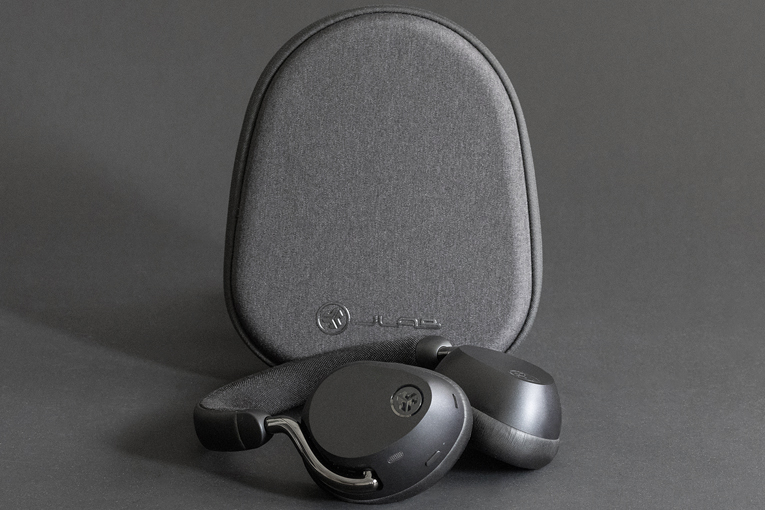
JLab calls the padding on the earcups “Cloud Foam,” and as marketing-speak as that sounds, the earcups sure are soft and comfortable. At 300g, the Epic Luxes are also fairly light. Heavier than Sony’s featherweight WH-1000XM5 headphones (250g) but about the same as other noise-canceling Bluetooth headphones.
Lastly, there are sensors that pause your music when you remove the headphones, but they’re a bit overzealous. Fortunately, you can turn this feature off in the app as well.
Sound
Out of the box, the Epic Lux Lab Editions are in the JLab Signature EQ setting, which I used for most of my testing. I also checked out the Balanced preset, which still has a bit of a boost in the bass and treble, and the Custom mode, which is flat if left unadjusted. In the Signature EQ setting, the Epic Luxes had a “smile” sonic profile, with bass and treble boosted. It’s neither egregious nor innocuous—most people would find this preset perfectly acceptable.
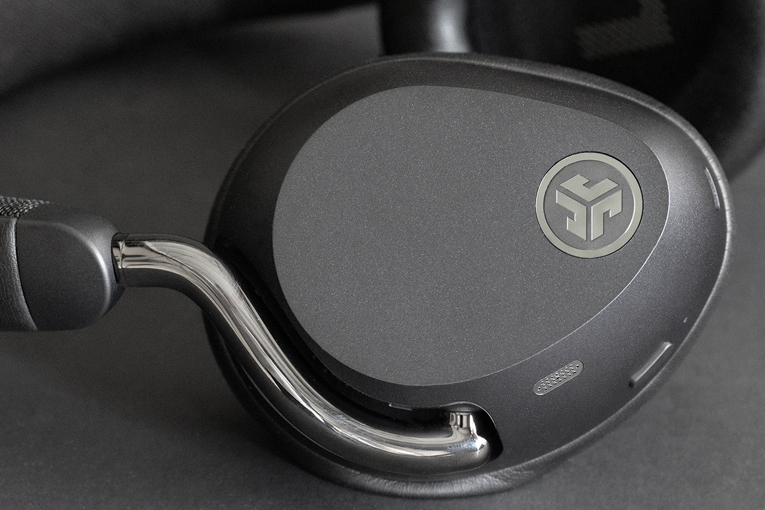
I started with “Five Years” from David Bowie’s The Rise and Fall of Ziggy Stardust and the Spiders from Mars (24-bit/96kHz FLAC, Parlophone / Qobuz). The piano and drums were a bit higher in the mix than Bowie’s voice, but not by too much. The treble wasn’t particularly open, but it also wasn’t piercing. There was enough bass, with the kick drum never getting lost, though the bass in general didn’t have the punch or depth of some competing headphones. The soundstage was fairly wide, seeming to extend out over my shoulders, though again not as wide as some I’ve heard. The Balanced EQ mode noticeably dials back the bass, sort of taking the Epic Luxes’ legs out from under them. I liked them less in this mode (which you won’t find surprising if you’ve read my other reviews), so I mostly stuck to the Signature EQ setting. However, if you’re not a fan of bass, the Balanced mode is more, well, balanced.
With Lauren O’Connell’s “Power Out (Acoustic)” (single, 16/44.1 FLAC, Sugar Glider / Qobuz), her acoustic guitar had a delicate timbre. O’Connell’s voice was a bit higher in the mix than with some headphones, but only slightly. The low “thump” of the drum lacked some definition and attack, but wasn’t overly loud, even in the Signature EQ mode.
As far as noise canceling goes, the Epic Luxes are fairly average. They do take the edge off droning sounds, like those you’d hear on an aircraft, but not as much as the best NC ’phones. Most of those options are more expensive, to be fair. If reducing ambient noise is the most important feature for you, the JLabs aren’t the best option. Consider it an added bonus, a garnish if you will, but not a main course.
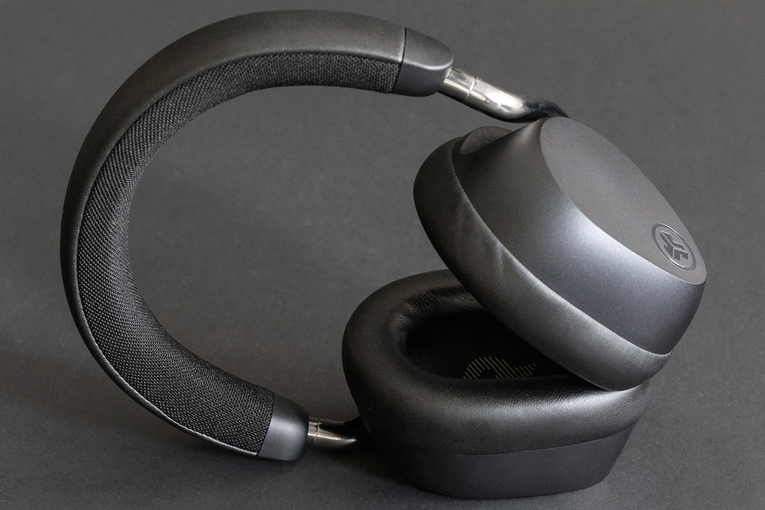
Then there’s that Spatial Audio feature that is disabled by default. When activated, it does that head-tracking trick where you turn your head but the sound seems to stay where you were originally looking. I’m not a big fan of artificial spatial audio, as it feels gimmicky. The real thing is better. If you like it, or want to check it out, it’s here.
Comparison
To compare to the Epic Luxes, I grabbed the Edifier WH950NBs, decent headphones that are basically the same price as the JLabs. I also grabbed my Sony WH-1000XM5 headphones. These were far more expensive when new. With their price cut in preparation for the XM6 headphones, they’re still more expensive, but they’re a good example of what you might get if you want to spend more. They’ve also been my go-to pair of BT over-ears for over two years, so I know them well.
With Sara Bareilles’s “Love Song” (Little Voice, 24/88.2 FLAC, Epic Records / Qobuz), the JLabs had more midrange and more lower bass than the Edifiers. The Edifiers were more muffled, with more upper bass / lower midrange. The piano sounded fuller on the Edifiers, but overall, the JLabs had better, clearer, punchier sound. They had a touch of sibilance, however. Given the $20 price difference, the JLabs are the better option.
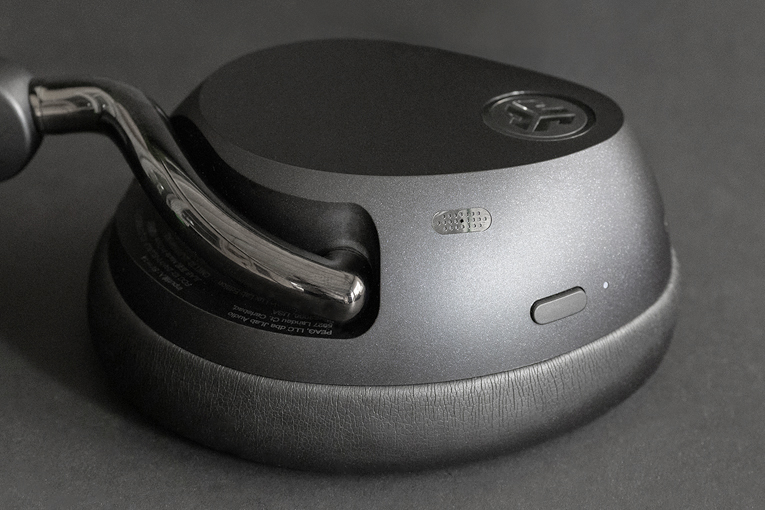
Not too surprising given their higher price, the Sonys had a fuller, more balanced sound than the JLabs. On Pink Floyd’s A Momentary Lapse of Reason (24/96 FLAC, Legacy Recordings / Qobuz), the JLabs brought out more of the strums of the acoustic guitars on “On the Turning Away,” and the strings had less low-end grunt with “The Dogs of War.” Do the Sonys sound 50 percent better than the JLabs, as their price would suggest? Not really, though if you factor in the better noise canceling, they’re close to that level of better. Which is to say, sure, the Sonys are better if you can afford them, but the JLabs are a good value if $300 isn’t in your budget.
Conclusion
Overall, the Epic Lux Lab Editions are good, not quite great, headphones for a good, but not quite great, price. “Extremely competent” isn’t the most glowing praise, but these ’phones don’t have any serious vices. There are better-sounding headphones, but the ones that come to mind cost a fair bit more than these. Not everyone can or cares to spend $300+ on headphones. The Epic Lux Lab Edition headphones are comfy, look and sound good, and are $200. That’s a good value for a solid “B” student.
. . . Geoffrey Morrison
Associated Equipment
- Smartphone: Google Pixel 9 Pro
- DAC/headphone amplifier: Rotel DX-3
JLab Epic Lux Lab Edition Bluetooth headphones
Price: US$199.99, CA$299.99, £199, €240
Warranty: Two years
JLab
5927 Landau Ct.
Carlsbad, CA 92008
Phone: (405) 445-7219
Email:
Website: www.jlab.com





